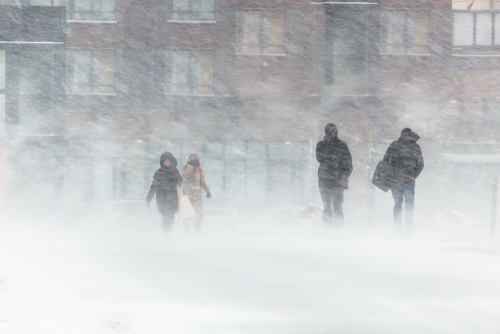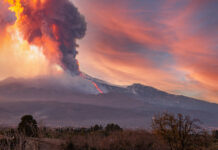
The National Oceanic and Atmospheric Administration (NOAA) issued a warning of a potentially ‘historically strong’ El Niño winter. The Climate Prediction Center (CPC), a division of NOAA, announced there is a 30% chance of experiencing an El Niño event of historic proportions.
El Niño events are characterized by unusually warm ocean temperatures in the Equatorial Pacific. These events can significantly impact global weather patterns, often leading to extreme weather conditions.
A strong El Niño will stick with us through the upcoming winter, and forecasters warn there's a chance we could see a "historically strong" El Niño in the months ahead. https://t.co/bchWZasMzF
— The Weather Network (@weathernetwork) October 13, 2023
According to the CPC, there is a 75-85% chance of a strong El Niño event occurring from November through January. This means average sea surface temperatures in the central Pacific could be at or above 1.5 degrees Celsius for three months.
A ‘historically strong’ El Niño event, which has a 30% chance of occurrence, would see sea surface temperatures rise by at least 2 degrees Celsius over the season. Such events have been rare in our historical record, with only four occurrences since 1950.
The potential impacts of such an event are significant.
The stronger the El Niño, the more likely it will affect global temperature and rain/snow patterns. For instance, during the 1997-98 El Niño, California experienced destructive storms that resulted in the loss of 17 lives and caused damages totaling over half a billion dollars.
In 2015-16, another strong El Niño event led to the biggest blizzard New York City had ever seen, crippling the I-95 corridor with two feet of snow. The West Coast also saw severe erosion due to increased wave energy.
JMA my fav weather model #winter pic.twitter.com/geC2RmYJkx
— PV-Forecast (@PvForecast) October 13, 2023
The current predictions for the 2023 El Niño event suggest that while it may not reach the intensity of previous historically strong events like those in 1982–83, 1997–98, or 2015–16, it could still be significant.
The world has seen record global ocean warmth this year, which could contribute to the strength of the El Niño.
While the exact impacts of the predicted El Niño are uncertain, it is clear we should prepare for potentially extreme weather conditions. As always, it is crucial to stay informed and take necessary precautions to ensure safety during such events.











